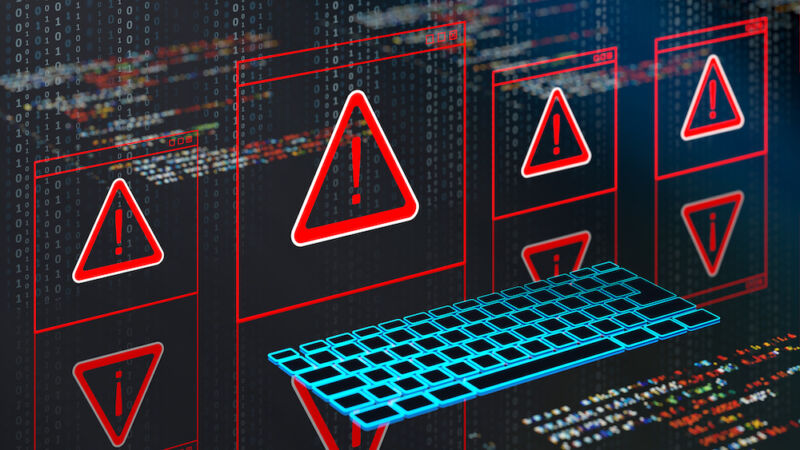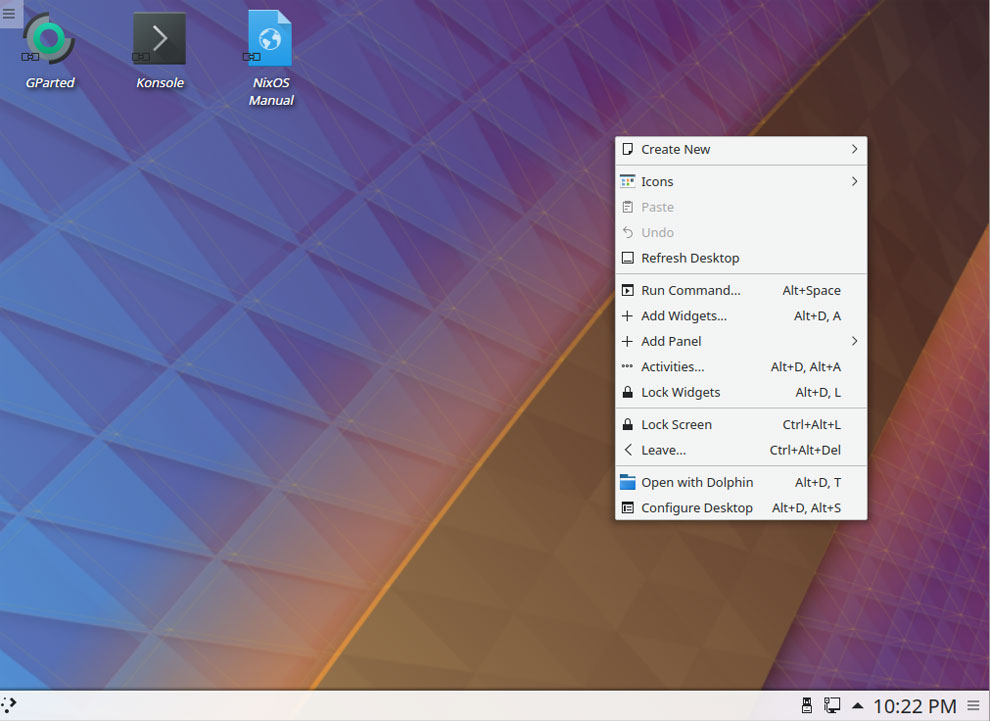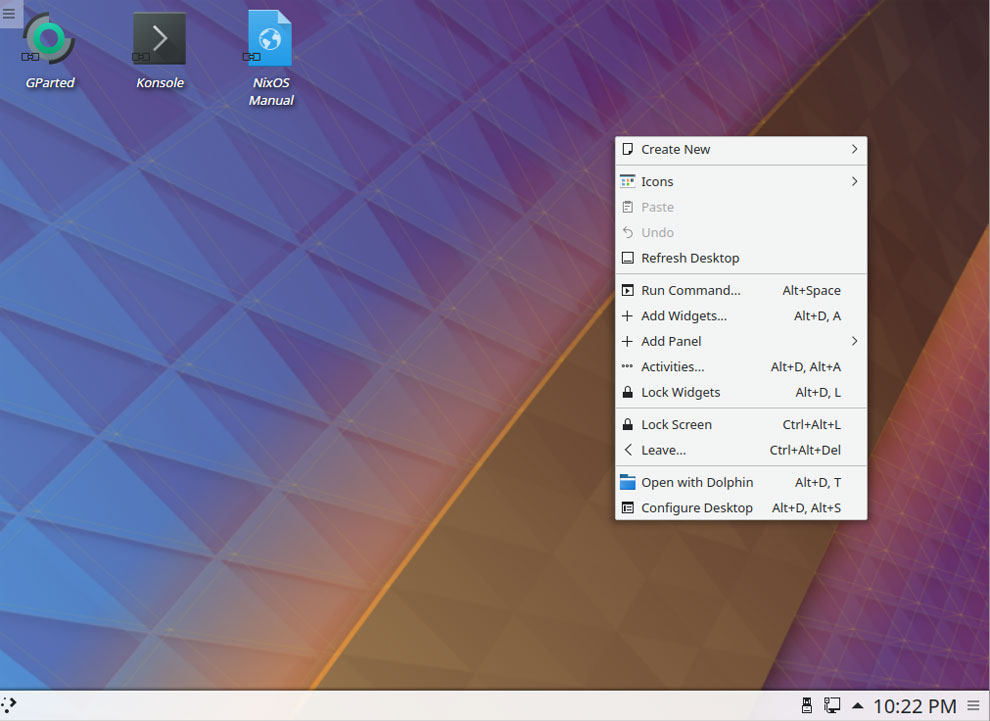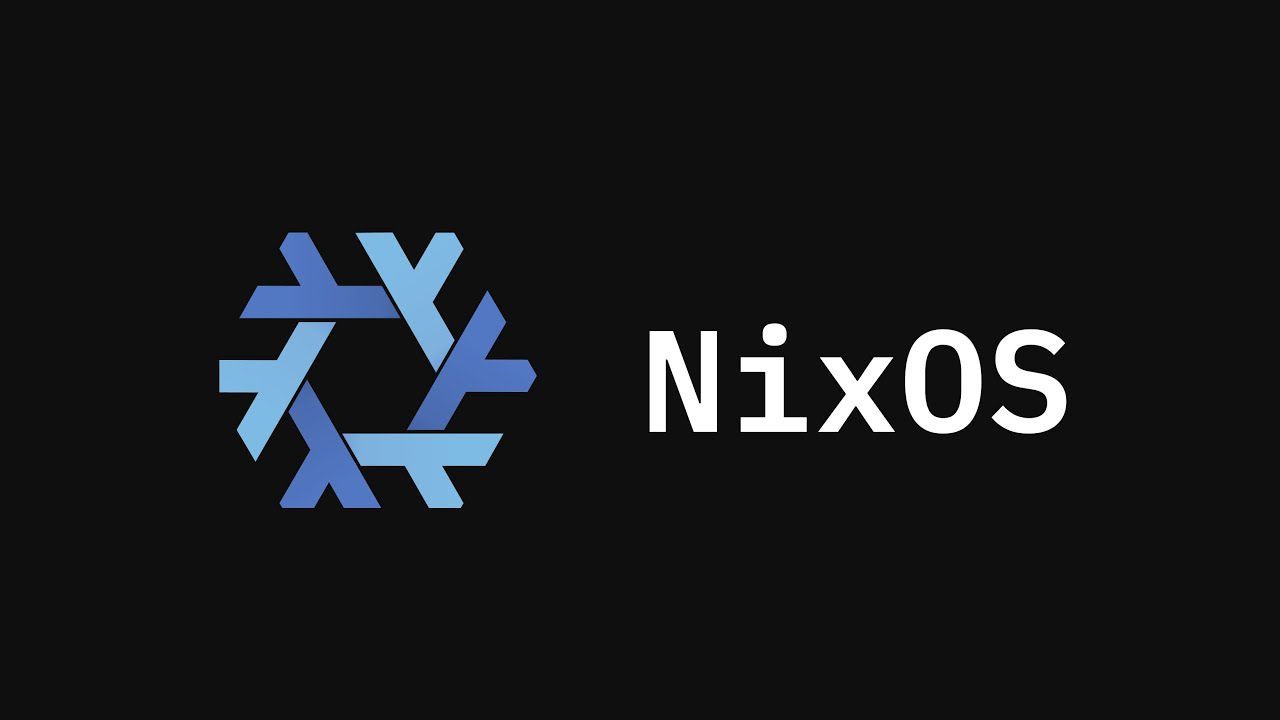
Uncovering Linux Vulnerabilities: A Tale of Backdoors and Bugs
In the realm of Linux security, recent discoveries have shed light on critical vulnerabilities that have the potential to compromise system integrity and user data. From backdoors in XZ utilities to a decade-old bug in the ‘wall’ command, the Linux community faces challenges that demand immediate attention and proactive measures.
The XZ Utilities Backdoor (CVE-2024-3094)
A recent warning from Red Hat has brought to light a backdoor found in XZ Utils, the compression utilities widely used across various Linux distributions. The vulnerability, identified as CVE-2024-3094, poses a significant threat by allowing unauthorized access to systems through sshd authentication. The discovery of this malicious code, hidden within specific versions of the xz libraries, underscores the importance of rigorous security practices in software development and distribution.
Red Hat has identified affected distributions, including Fedora 41 and Fedora Rawhide, prompting immediate action to mitigate the risks posed by the backdoor. While the impact of this vulnerability has been contained to pre-release versions in some cases, the incident serves as a stark reminder of the vigilance required to safeguard Linux ecosystems.
The ‘Wall’ Command Vulnerability (CVE-2024-28085)
In a separate revelation, security researcher Skyler Ferrante uncovered a decade-old vulnerability in the ‘wall’ command of the util-linux package, designated as CVE-2024-28085 or WallEscape. This flaw, present in every version of the package over the past 11 years, exposes users to potential password leaks and clipboard hijacking.
Exploiting the improper neutralization of escape sequences in the ‘wall’ command, attackers can manipulate terminals to create fake SUDO prompts and deceive users into divulging sensitive information. While the exploitation of WallEscape requires specific conditions to be met, such as active ‘mesg’ utility and setgid permissions, the implications for affected distributions like Ubuntu 22.04 and Debian 12.5 are significant.
Mitigating Risks and Ensuring Security
As the Linux community grapples with these security challenges, immediate actions are imperative to mitigate risks and fortify system defenses. Upgrading to linux-utils version 2.40 stands as a crucial step in addressing the ‘wall’ command vulnerability, while vigilance in software supply chain monitoring remains paramount to thwart backdoor threats.
By staying informed, adopting best practices, and swiftly implementing security patches, Linux users can navigate the evolving threat landscape with resilience and confidence.
Conclusion
The convergence of vulnerabilities in XZ utilities and the ‘wall’ command underscores the dynamic nature of cybersecurity in the Linux domain. As the community rallies to address these challenges, collaboration, awareness, and proactive security measures will be instrumental in safeguarding the integrity and trustworthiness of Linux systems.















